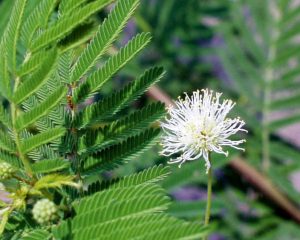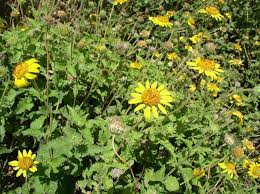Blog

For Beautiful Wildflowers in the Spring, Plant Them in the Fall
Even though the leaves are just beginning to fall, now is the time to begin dreaming of spring. Mother Nature needs time to get the beautiful, bright blooms of wildflowers just right. Wildflower beauty can abound on your property when you take advantage of fall planting, which offers the following

Illinois Bundleflower: Species Spotlight
If you’re looking to attract a wide range of wildlife from deer and turkey to quail and dove, Illinois Bundleflower is ready to go to work for you. Illinois Bundleflower—Latin name, Desmanthus illinoensis—is part of the “Big Four” perennial forbs. Bundleflower gets its name from the shape of its seedpods,

Species Spotlight: Bush Sunflower
Within our land management circle, the term “Big Four” is commonly used to refer to the four grasses that are stalwarts of the true Tallgrass Prairie. The Big Four are both prized by stewards because of the benefits they lend to the ecosystem and desired by grazers for sustenance. We

Species Spotlight: Sand Dropseed
We’ve been talking a lot about the “big four” grasses of the Tallgrass Prairie lately. While these are the all-stars of the ecosystem team, they certainly could not shine without other grasses whose roles allow them to take hold and thrive across the prairies. One of these grasses is Sand

The Big Four: Little Bluestem
Reclamation projects rely on little bluestem because it grows easily and takes hold in a variety of soil types. Little Bluestem’s Latin name is Schizachyrium scoparium. It is a member of the “big four” grasses. Recognized as the state grass of both Kansas and Nebraska, it is easy to spot

The Big Four: Switchgrass
We’re turning our conversation toward a member of the “big four” grasses of the true Tallgrass Prairie, Switchgrass — Latin name Panicum Virgatum. It is one of the most versatile members of the club. A native, warm-season perennial bunchgrass, it matures to about 3 to 6 feet tall. It has
